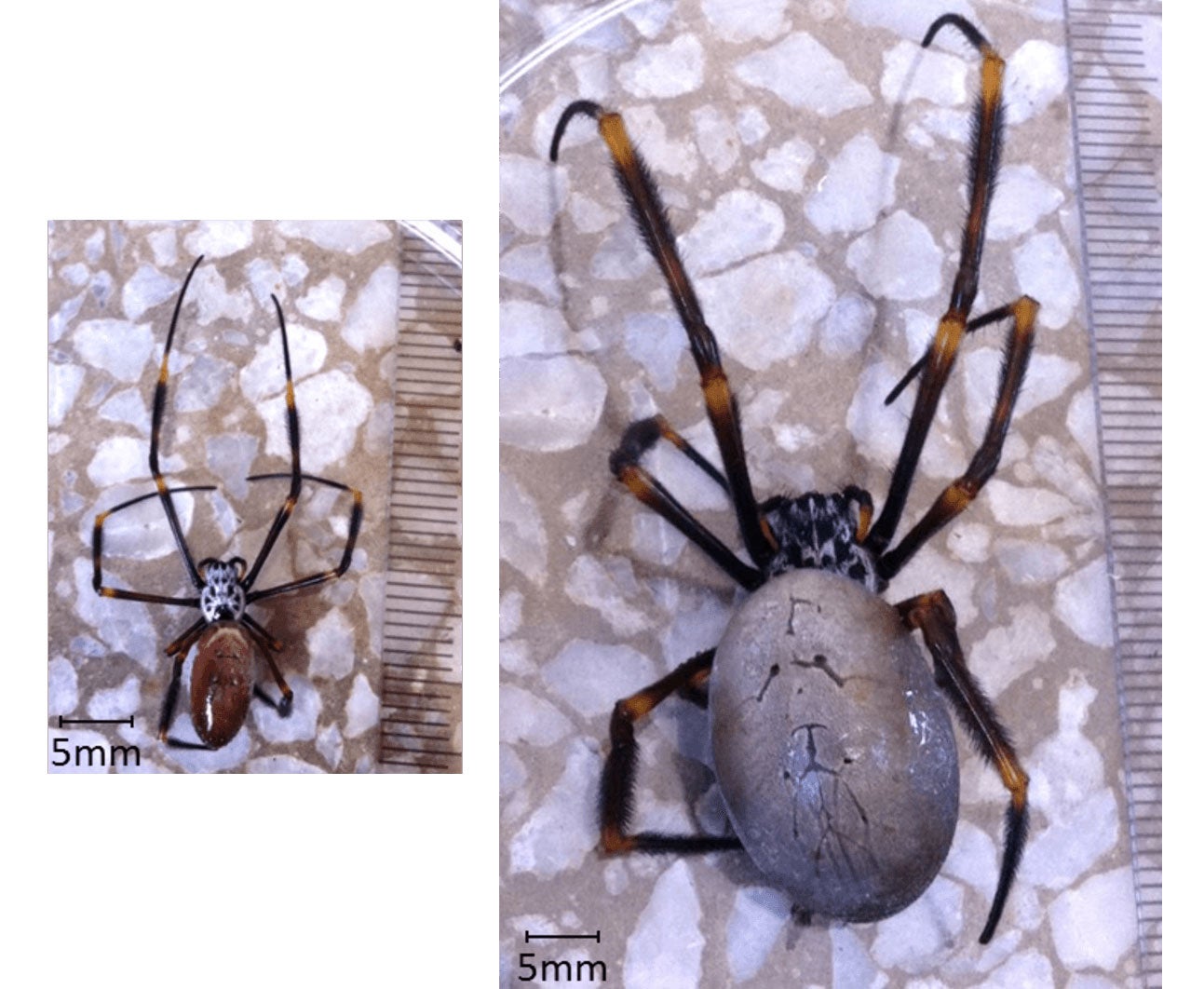Cities are breeding bigger spiders, say scientists, but that's definitely a good thing
A combination of abundant food sources and higher temperatures has been linked to bigger golden orb-weaving spiders (above) in Sydney

Spiders are getting bigger, say scientists. More specifically, spiders that live in cities are getting bigger - spiders that are watching you right now and probably planning to jump onto the back of your neck at any moment oh god turn around quick.
Okay, so that last part’s not true, but a new study published in PLOS One shows that a specific species of orb-weaver spider living in urban Sydney is getting bigger and reproducing more than its rural cousins – and that could be a good thing.
The researchers from University of Sydney suggests that a combination of hotter temperatures (the heat island effect) and more abundant food sources are plumping up the species Nephila plumipes, a member of the orb-weaver family found primarily in the Asia Pacific region and across the east coast of Australia.
This creature is just one of the 10,000 orb-weaver species – a family of spiders known for their circular webs that are found all over the world and are thought to make up around 25 per cent of total spider species.

The scientist caught exactly 222 golden orb-weavers in different environments across Sydney, looking at how their physical characteristics (such as leg size, ovary size and overall body weight) changed with increased urbanisation (measured in factors such as paved surfaces and distance to the city centre).
Elizabeth Lowe, the PhD student who led the study, says that despite our fear of creepy crawlies, the increasing size of the golden orb-weaver is a positive: web-spinning spiders like this are responsible for making sure insect populations don’t get out of hand, they’re a vital food source for birds, and their ability to thrive in cities shows that urban animals are more resilient than we think.
“The fact that some spiders are loving cities is cause for hope,” writes Lowe for The Conversation. “In fact, in order to maintain biodiversity in cities we need to be able to support more diverse populations of spiders and other invertebrates.”
Join our commenting forum
Join thought-provoking conversations, follow other Independent readers and see their replies
Comments
Bookmark popover
Removed from bookmarks